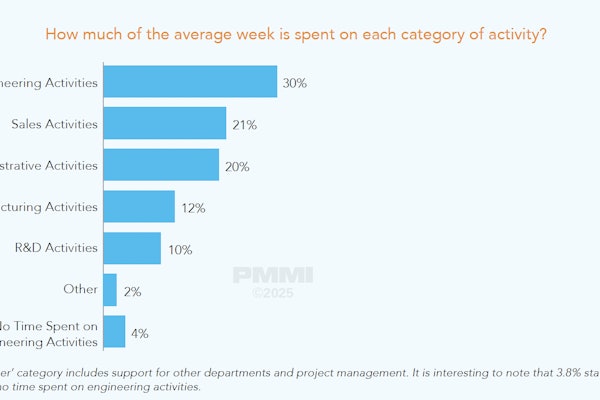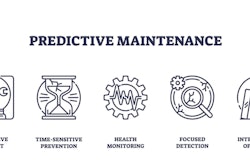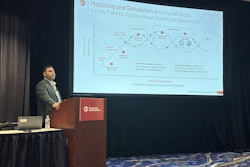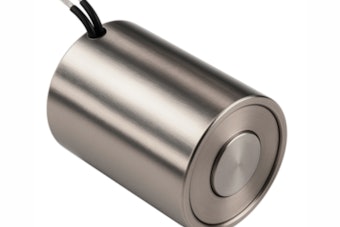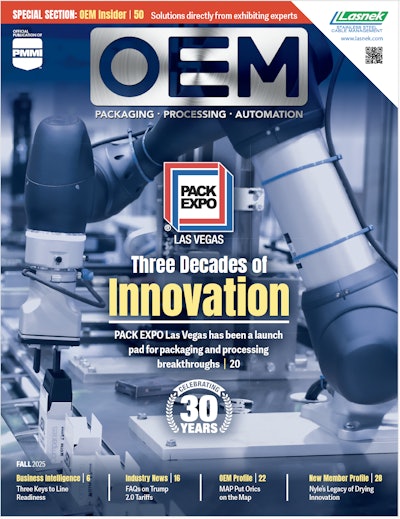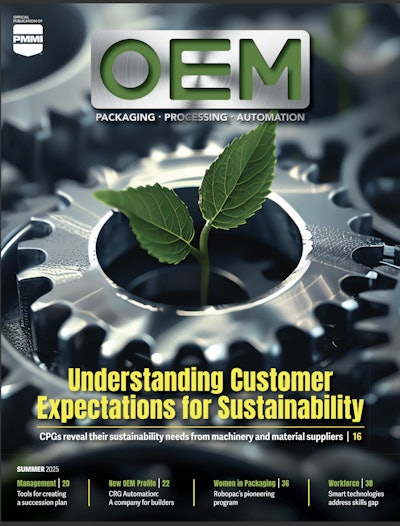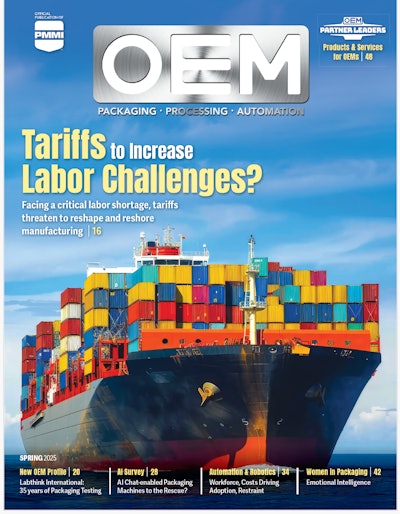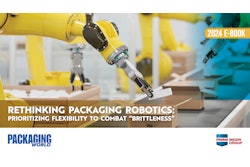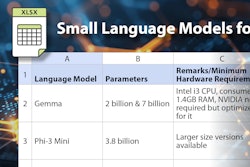Effective operator training depends on early communication and collaboration between OEMs and end users to ensure training aligns with workforce needs.
That’s according to PMMI Business Intelligence’s “Performance Optimization: Insights for Packaging Line Readiness,” a report that brings together key issues, industry insights, and recommendations from roundtable discussions and panels featured at the 2025 Top to Top Summit from February 23–25. The summit serves as a platform for OEMs and CPGs to exchange perspectives, address shared challenges, and collaborate on practical solutions.
Most participants were from the food industry (61%). Pharmaceuticals, another notable sector, represented 7% of participation.
Training and collaboration discussions led to a recognized need for OEMs to design equipment interfaces with the worker in mind. One industry professional recalled an experience with an Italian vendor who blamed end users for an HMI struggle when the interface was overdesigned.
"They looked at it as a gap on our side, which was fascinating. In the end, we just took out their HMI and PLC and reprogrammed it so that we could understand it,” a Director of Engineering said.
This experience further led to the point that intuitive, user-friendly HMIs with clear visuals, logical workflows, and embedded training tools can be used by new operators who may not have access to classroom-based or hands-on training.
Beyond the design of HMIs, discussions proposed that OEMs provide structured training materials that operators can access anytime, allowing them to learn in real-time and reduce reliance on in-person instruction. Further suggestions included OEMs providing troubleshooting guides, machine-specific playbooks, and examples of best practices. Meanwhile, end users should communicate workforce skill levels and potential knowledge gaps early to ensure training meets operator needs.
Participants noted that both parties must also avoid the “blame game” when operational issues arise.
As a Director of Robotic Solutions pointed out, “If the machine runs well on first and second shift but can’t make anything on third shift, is it the machine, the people, or the materials?”
A well-designed feedback loop ensures continuous improvement, which leads to a confident, capable workforce and more efficient operations.
SOURCE: PMMI Business Intelligence: 2025 Performance Optimization: Insights for Packaging Line Readiness
For more insights from PMMI’s Business Intelligence team, find reports, including “2025 Beverage Industry Packaging Trends” and “2025 Aftermarket Parts & Services” at pmmi.org/business-intelligence.
Download the FREE report below.






